Tell UNESCO to recognize great apes as Living World Heritage
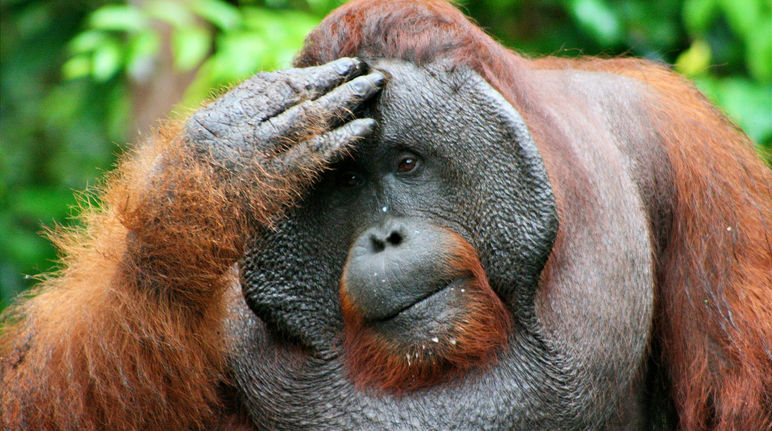 Looking to an uncertain future: orangutans are threatened by extinction (© flickr/CIFOR (CC BY-NC-ND 2.0))
Looking to an uncertain future: orangutans are threatened by extinction (© flickr/CIFOR (CC BY-NC-ND 2.0))
Since the lobbying efforts at UNESCO have not had the expected results, we will begin lobbying efforts at the level of individual governments.
Bonobos, orangutans, chimpanzees and gorillas are facing extinction. Please support the Great Ape Project’s call for UNESCO to recognize our closest relatives as a Living World Heritage before it’s too late.
Call to actionTo: the UNESCO Executive Board
“Humans share a common ancestor with orangutans, bonobos, chimpanzees and gorillas. UNESCO must grant non-human primates Living World Heritage status.”
The Great Ape Project campaign is calling on UNESCO to officially recognize orangutans, bonobos, chimpanzees and gorillas as a Living World Heritage.
The move is more urgent than ever: the initiators emphasize that we could wipe the great apes out in as little as ten years, as we already have done with other primate species and are currently doing with thousands of other species in a wave of extinction unparalleled in the history of our planet.
One of the main drivers of extinction and the impending disappearance of great apes is the clearing of tropical forests.
Orangutans, bonobos, chimpanzees and gorillas belong to the hominid family – as do humans. We not only share common ancestors, but also a variety of cognitive skills.
UNESCO does not currently recognize living beings as World Heritage. However, the Great Ape Project argues that there is no greater or more beautiful heritage than nature itself and its inhabitants and is therefore calling on the organization to adopt the Living World Heritage concept.
The initiative has already gained considerable traction among scientists, academics, writers and organizations in Spain. The aim of the broad alliance is to raise awareness of the dramatic extinction of species and to ensure that the great apes are granted fundamental rights.
Please call on the United Nations to adopt a “Declaration on the Rights of the Great Apes”.
BackgroundWe share millions of years of evolutionary history with orangutans, chimpanzees, bonobos and gorillas. Despite our development into distinct species, the characteristics we share are unmistakable.
Protecting great apes is not just an expression of kinship, however: it is our responsibility to stop the poaching and loss of habitat that is driving them to extinction.
Some of their habitats have already been recognized as UNESCO World Heritage Sites, such as Virunga National Park in the Democratic Republic of Congo, home to gorillas and chimpanzees.
Protecting remaining wild populations is crucial to preventing the extinction of the great apes. According to the Great Ape Project, declaring them to be Living World Heritage would have the following benefits:
- enhanced protection of apes living in the wild
- improved conservation of their tropical forest habitats by putting an end to clear-cutting and resource exploitation.
- protection of local and indigenous communities living in the apes’ habitat
- more dignified living conditions for captive apes
- legislation to protect great apes
- incentives for the construction of sanctuaries for formerly captive apes
- a worldwide stop to the use of apes for experimental purposes, as well as a complete ban on circus spectacles in which apes are forced to entertain humans.
- a basis for the United Nations to adopt a declaration on the rights of great apes.
A verdict of great significance for the great apes was recently passed in Argentina when a judge granted basic rights to Sandra, an orangutan living in the zoo of Buenos Aires. Sandra was thus deemed a “nonhuman person”. Unlike the biological terms “human” or “orangutan”, “nonhuman person” is a philosophical concept. “Personhood” can therefore be granted to species other than humans that meet the official definition.
The differences between humans and other hominids only amount to between one and three percent of our genes. Much of our behavior also corresponds to that of our evolutionary relatives. This is very apparent in the use of tools by great apes which use twigs to catch termites and sticks to measure the depth of water, make sponges out of leaves and moss – or, in the case of chimpanzees, use spears to hunt. Caves, in which apes seek shelter from heat and insects, often serve as their equivalent of our houses.
Granting great apes Living World Heritage status would protect them from being seen as human possessions and underscore their place as a heritage of the planet, of life and of the universe.
We have a great responsibility to protect the species and ecosystems of our planet. Regarding our evolutionary kin, we have a duty to ensure their survival and to prevent them from being held captive or abused.
For all of these reasons, the recognition of great apes as a Living World Heritage would be a valuable tool to protect populations living in the wild and a step toward the true acknowledgment of our commonalities. UNESCO is dedicated to respect for life and human history. For this reason, the organization should commit to protecting great apes and giving them the support needed for their survival.
For many years, the Great Ape Project has been fighting the destruction of millions of hectares of land in the tropical countries. It has criticized the spread of vast oil palm monocultures for our food, cosmetic products and biofuel. These plantations have a direct impact on indigenous peoples, small farmers, great apes and other creatures.
Year after year, the Indonesian countryside is being torched to make more room for oil palms. Indigenous peoples are being forced off their land as multinational corporations destroy the forests and the last habitats of orangutans while the international community looks on in silence or complicity.
In view of this, it would be crucial to establish a special set of rules to protect our closest evolutionary relatives.
In 2015, UNESCO underscored the importance of World Heritage sites for critically endangered great ape populations. The next logical step would be to declare the great apes themselves to be a Living World Heritage.
For more information on the campaign, visit the blog (in Spanish) of the Great Ape Project.
To: the UNESCO Executive Board
Dear Director-General Irina Bokova,
dear Assistant Rachel Phillips,
dear Ambassador María Teresa Lizaranzu,
dear Director Abdulaziz Al Muzaini,
Ladies and Gentlemen of the Spanish UNESCO Commission,
We share millions of years of evolutionary history with the great apes, and the genetic differences between us and the great apes are insignificant. Why are we so unconcerned about letting the few remaining species of our own evolutionary family dwindle to extinction? The great apes deserve recognition as our closest relatives.
For this reason, we strongly urge UNESCO to declare the four great ape species to be a Living World Heritage.
Kind regards,



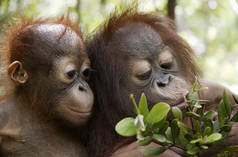

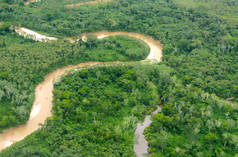


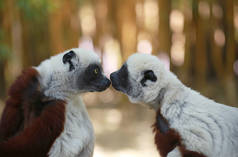
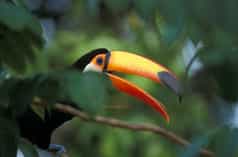

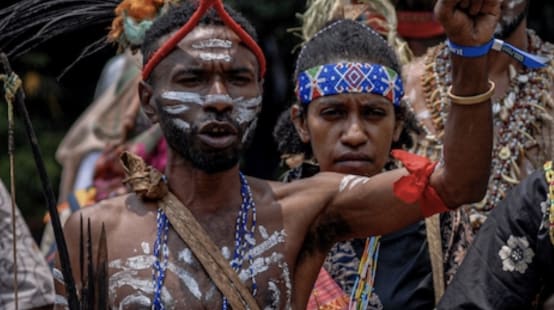
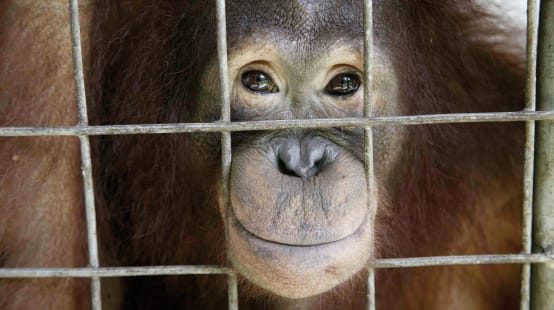
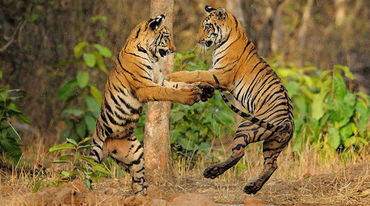 Recent successes
Recent successes